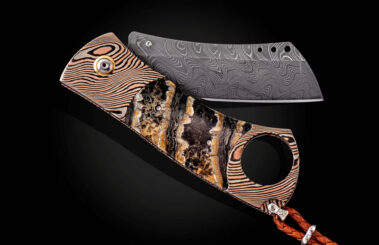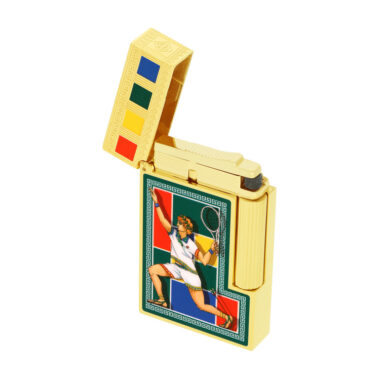If you belong to the trend-following enthusiasts who consume fashion quickly and easily, not attributing special importance to your accessories, then the phrase “Panama hat” is probably not a big deal for you. But if you identify with aesthetics, quality, luxury, and individualism, appreciate the significance of personalization, and are willing to pay a considerable amount for a hat, then a Panama hat, made in Ecuador, could be the fashion item that occupies your thoughts.
During the 19th and early 20th centuries, trade routes for exporting goods from Central and South America converged on the Panama route, hence the nickname “Panama hat.” The name was given not because of its production location, which is Ecuador, but due to its export port. The straw hat adorned with a band is handcrafted from natural materials sourced from the Toquilla plant, locally known as “paja toquilla.” These materials give the hat its lightness, breathability, and flexibility. Adapted to warm and humid climates, it is popular in tropical and Mediterranean regions, often associated with discerning vacationers who appreciate style, chic, and luxury.
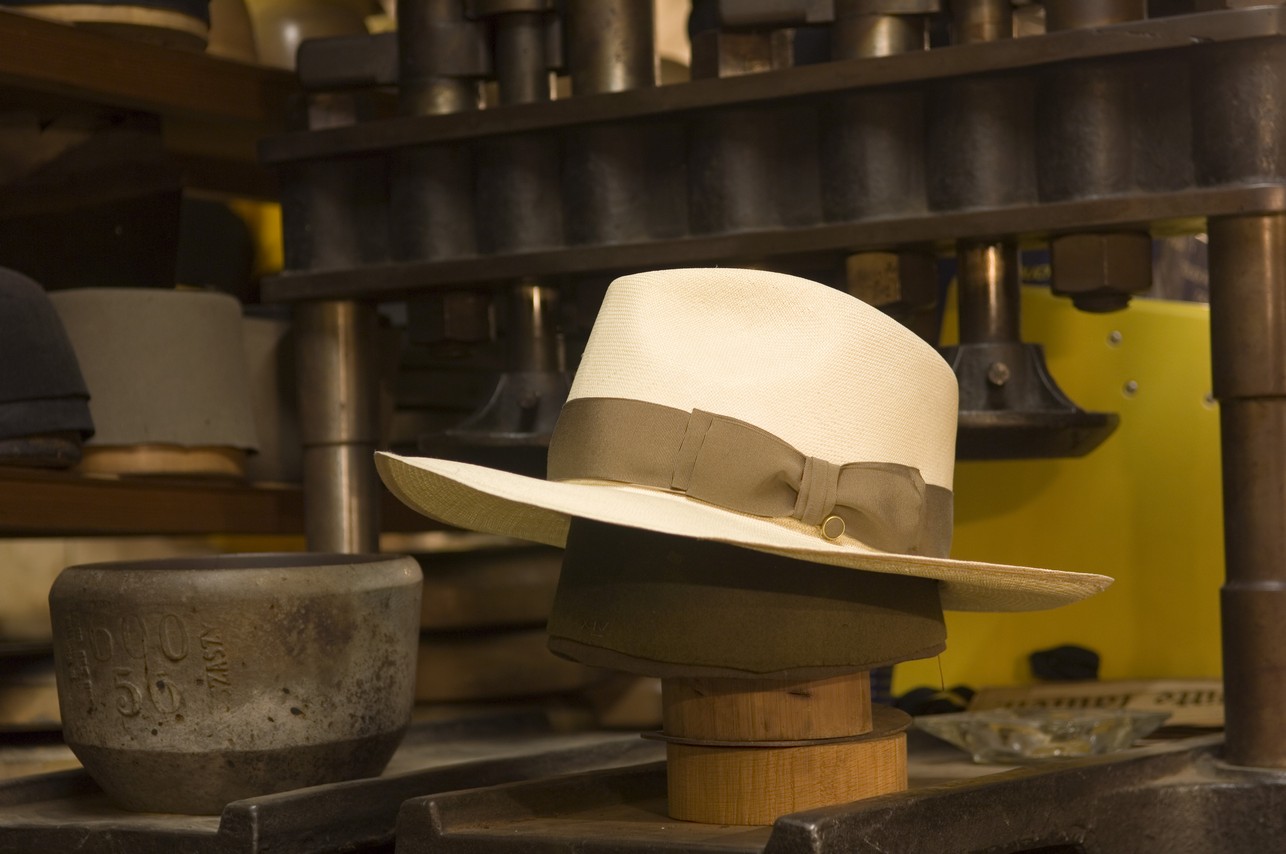
The Panama hat became a widely accepted attire among British colonialists in the 19th century, particularly the “Optimo” model, and became one of the symbols of the empire. In the second half of the same century, it gained popularity among settling Americans in the West and established itself as a fashionable item after the publication of a photo of President Theodore Roosevelt wearing the hat during his visit to a Panama Canal mining site.
The process of creating a Panama hat is divided into two main stages. The first is the weaving of the straw from which the hat is made, and this is done exclusively in Ecuador (a condition for defining the hat as a Panama hat). The second stage is the blocking, which is done by specialized hat makers around the world who engage in commercial dealings with the local weavers in Ecuador. The production begins with the harvesting of Toquilla plant sprouts, followed by sorting, cooking, drying, whitening, and weaving the straw into a circular pattern to facilitate hat shaping. The final steps include using softwood plugs against the straw’s surface, finely trimming the edges of the straw that emerge from the weave, and ironing the weave with heat.
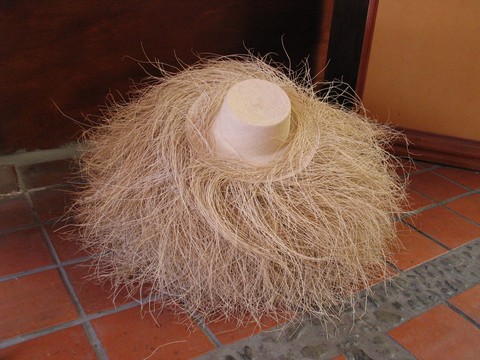
A person who customizes their footwear is likely to also seek a hat that suits their personal measurements, preferences, and style. If they are interested in a personalized Panama hat, they may seek out one of the specialized hat makers, such as Samuel Schpira, the hat maker from Vienna (in German: Hutmacher). Situated at the back entrance of one of the oldest buildings on a central street in Vienna, Samuel’s workshop/hat store occupies a modest 47 square meters. Access to the place, known only to those in the know, requires a pre-scheduled appointment. The initial meeting lasts about two hours, during which Samuel learns about the person in front of him – who they are, their personality traits, what they want for themselves, and what image they want to convey to the world.

“The hat is made by hand as much as possible,” explains Samuel. “It can be produced in about an hour from start to finish, or it can take up to 40 hours, depending on the customization and details involved.”
What details do you emphasize in the production process?
“It’s important that the hat looks beautiful and is practical, unique, and with improvements that are not immediately apparent to the untrained eye, so that it holds up over time. From my experience, only handcrafted work allows for this level of precision in details. In addition, there are relatively simple elements that need to be taken into account, such as the structure of the face, the circumference of the head, and also the shape of the head – whether it is elongated or rounder than the standard structure of hats – so that the hat sits correctly on the head, doesn’t wrinkle, and doesn’t stretch.”
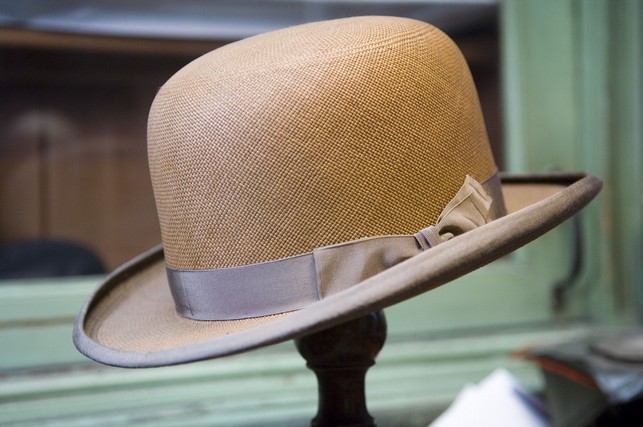
What elements besides the head affect hat measurements?
“The person’s height, the width of their shoulders, and whether they tend to wear a jacket or not, which adds a few more centimeters to the width of the shoulders.”
Are there hats that you refuse to make?
“Absolutely. You cannot get a fashionable hat from me just because it’s fashionable. The hat should fit a specific person, an individual, and not conform to what some fashion designer decides is suitable for them without even seeing or knowing them.”
Can one purchase ready-made hats from you?
“There are almost no ‘off-the-shelf’ hats; I specialize in personalized design.”
How many people work on one hat in the production process?
“There’s someone in Ecuador who produces the raw material – the crown and brim – without any design. When the hat comes to me, I design and tailor it to fit the person according to their measurements. This is what’s called Bespoke.”
How does the manufacturing process take place?
“A small part involves machine sewing, and the majority, as mentioned, is done by hand, taking hours. Sometimes I wake up in the middle of the night and think about the design of a specific hat for a particular customer. The next morning, I invite them for another brainstorming meeting. The idea in this genre is not just the craftsmanship but considering the individual, not the mass.”
What materials do you use?
“The body of the hat, the raw straw, is made in Ecuador, and there is only one type of straw, from the Toquilla plant. The thinner it is, the higher the quality and the more expensive. It’s important to understand that the more expensive one may not always be suitable for the customer who sometimes wants more ventilation, while the denser straw, although more expensive, does not allow air to penetrate. Besides the straw, there are two types of materials that reinforce the hat – chemical and natural; I only use natural materials. Inside the hat, there are various types of leather, and I make sure it’s antibacterial. There’s also the band around the hat, and the variety of bands is limitless. I have silk bands in the store that are over a hundred years old.”
How many models of Panama hats do you have?
“There are two main types, named after two cities in Ecuador: Montecristi and Cuenca.”
What’s the difference between them?
“Cuenca is made with knots side by side, so they are relatively thick, allowing for spaces and air penetration. In Montecristi, the knots are one on top of the other, so they are very tight with no air penetration between them. Most high-end Panama hats are of the Montecristi model. There is indeed a tight Cuenca, but it’s rare and very difficult to obtain. Fortunately, I also have a tight Cuenca for customers who request it.”

Elegant and Durable Audience
Samuel, a Haredi Jew, arrived in Vienna 33 years ago from a yeshiva in Jerusalem. Even during his yeshiva days, he was intrigued by handcrafted work with soft materials, and thus found himself repairing sacred books covered with soft leather bindings, which he enjoyed. When he left for Europe, he wanted to professionally study this field, but he was not accepted. He worked for 13 years as a supervisor for kashrut for the Orthodox Jewish community in Vienna. One day, he entered the Szaszi Hüte hat store, founded in 1858, to buy a hat for himself. When he stepped inside for the first time, he was enchanted by the wonderful craftsmanship of handmade products (felt hats and Panama hats), rekindling his old passion for handcrafted work with soft materials. He asked the store owners to hire him, and a few years later, when the owner retired, he taught him and his father’s craft secrets. Since then, Samuel has continued the tradition for 20 years.
What is the price range for your Panama hats?
“The price is determined by the time spent, the cost of the raw materials, and the complexity of the manufacturing process. A more complex and unique hat will cost more, even if the labor time is relatively short. Prices at my store range from 1,500 to 13,000 euros. The most expensive hat I have sold so far was priced at ten thousand euros. In the United States, hats like the ones I produce can reach up to 40,000 dollars.”
Who are the wearers of Panama hats?
“Elegant and discerning individuals who respect themselves. A clientele that loves and appreciates having something special made for them.”
What guides you in your work?
“I strive to do what is within the limited capabilities of a flesh-and-blood person. I seek a Creator of the world that the hat will find favor in the eyes of the buyer, who will enjoy it, wear it in good health for many years.”


